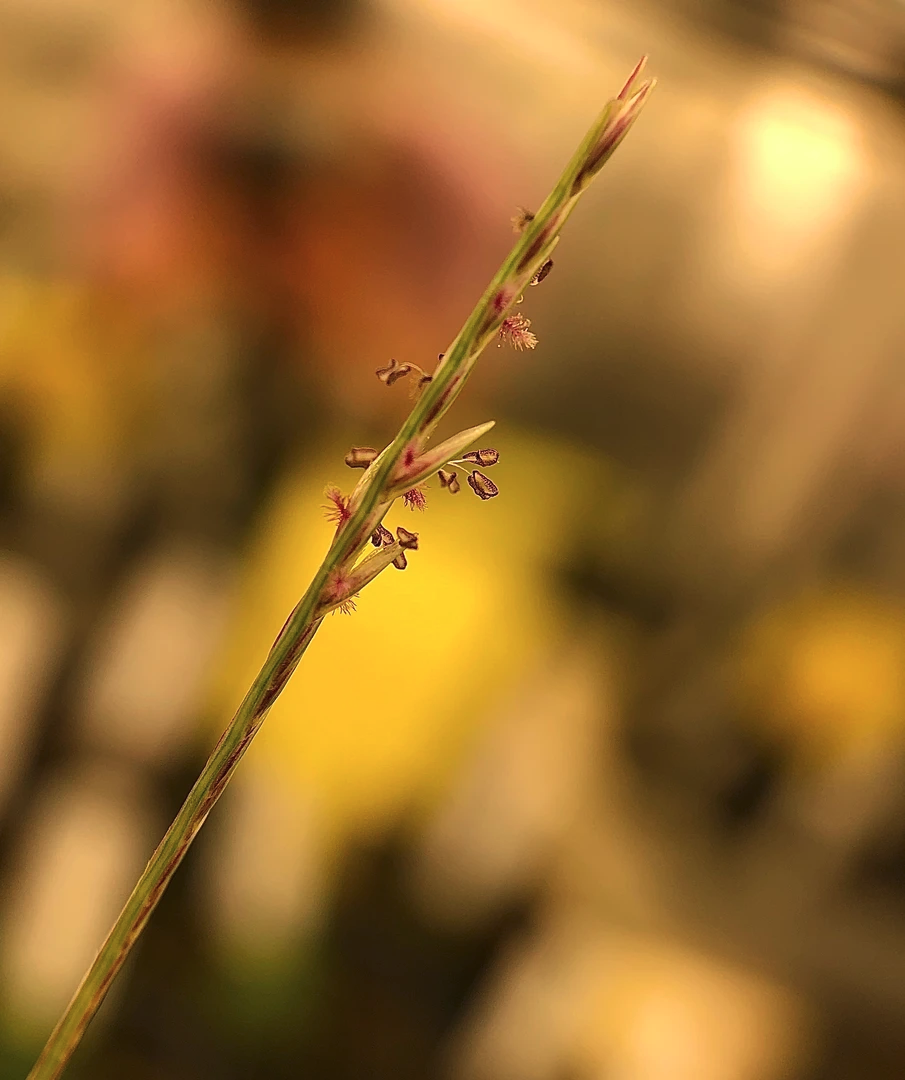New Study Reveals Convergent Evolution of Desiccation Tolerance in Resurrection Grasses

Anhydrobiosis, the ability to survive without water, has long captivated scientists for its potential applications in agriculture, medicine, and astrobiology. A groundbreaking study led by Dr. Rose Marks, a Michigan State University Plant Resilience Institute (PRI) postdoctoral fellow in the VanBuren Lab, sheds new light on the evolutionary origins and mechanisms of desiccation tolerance in resurrection plants.
Unlike drought resistance, which involves coping mechanisms to withstand water scarcity without fully dehydrating, desiccation tolerance allows certain plants to survive almost complete dehydration. Resurrection plants have a remarkable ability to withstand levels of water loss that would be fatal to most other species. These plants have recurrently evolved desiccation tolerance over approximately 500 million years, appearing in various families of flowering plants, ferns, mosses, and grasses.
Marks elaborated, “It's probable that desiccation tolerance emerged independently in these families, possibly through convergent evolution, using deeply conserved pathways.”
In this collaborative paper published in Nature Plants, researchers from Michigan State University and the University of Cape Town aimed to uncover whether the same genetic pathways and mechanisms were recruited during the evolution of desiccation tolerance in resurrection grasses. Their findings, based on extensive genomic and transcriptomic analyses of three sub-Saharan grass species—Microchloa caffra, Oropetium capense, and Tripogon minimus—revealed striking similarities in their genetic responses to desiccation.

Early light-induced proteins (ELIPs), known for their role in protecting plant tissues during periods of high light stress, were found to undergo significant expansion in the genomes of the three grasses. This expansion suggests a crucial role for ELIPs in facilitating the plants' ability to withstand extreme dehydration.
Dr. Robert VanBuren, a co-author of the paper and Michigan State University Department of Horticulture and PRI faculty member said, “Further study of ELIPs and other molecular components involved in plant resilience may allow us to develop crop varieties capable of surviving prolonged periods of water scarcity, ultimately improving food security in regions vulnerable to drought.”
Marks and VanBuren assert that despite these new findings, questions still remain about their broader applicability across different plant species. Further research involving a diverse range of resurrection plants will be crucial in determining the extent of convergence in desiccation tolerance mechanisms.
“By advancing our understanding of how plants adapt to extreme environmental conditions, we help pave the way for future innovations in agriculture and beyond,” said Marks.
In August of this year, Marks will begin a new role as an assistant professor in the Department of Plant Biology at the University of Illinois Urbana-Champaign, where she will establish her own lab to continue her work developing more resilient agriculture and natural systems.
As scientists like Marks continue to unlock the secrets of anhydrobiosis, the potential for harnessing nature's resilience to create a more sustainable future grows ever closer.



